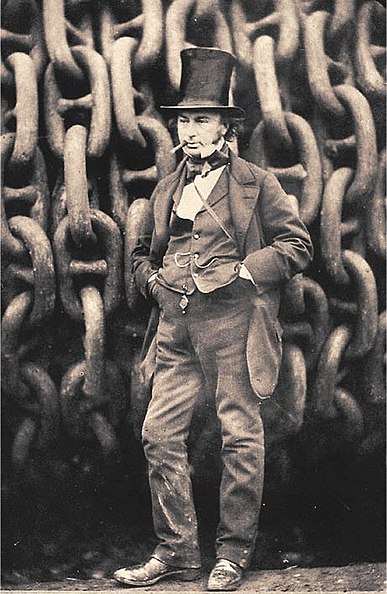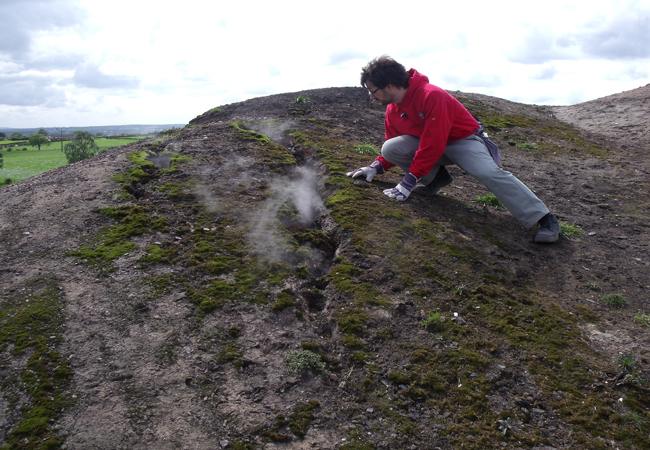I Workshop on Smouldering Wildfires and the Earth System
at University of Edinburgh, King's Buildings
Fri 27 July 2012, from 9am to 1:30pm.
Taking advantage of the visit of a few brilliant researchers working on smouldering wildfires, I am organizing a small workshop on the topic for Friday 27 July to bring together fire dynamic, engineering and geosciences. Small, but the first of its kind. It is focus mostly on peat lands, but other ecosystems and fuels are welcome (eg, coal, organic soils, litter). All are invited (no fees), and interdisciplinary backgrounds and topics are specially welcome. If you want to attend or give a talk, please send me an email to G.Rein@imperial.ac.uk.
Some smouldering peat experiments will be conducted in the lab on
Thursday afternoon. Workshop attendees are invited to join us to
witness/help with the tests.
See google map here to the venue, Seminar room in the 3rd floor of
Alexander Graham Bell Building, University of Edinburgh, King's Buildings campus.
"Smouldering
fires, the slow, low-temperature, flameless burning, represent the most
persistent type of combustion phenomena, and leads to the largest and oldest
fires on Earth. Indeed, smouldering megafires of peat occur with some frequency
in for example North America, Siberia, the British Isles and South-East Asia
during the dry session. Smouldering fires propagate horizontally and vertically
through organic layers of the ground and can reach very deep where large cracks
or natural piping systems exist. This threatens to release ancient carbon
stored deep into the soil. Once ignited, they are particularly difficult to
extinguish despite extensive rains, weather changes, or fire-fighting attempts,
and can persist for long periods of time (months, years, or even centuries),
spreading into the ground and over extensive areas." from the chapter Smouldering Fires and Natural Fuels, 2013, written by G Rein for an incoming Wiley book "
Fire Phenomena in the Earth System – An Interdisciplinary Approach to Fire
Science".
UPDATE: Incidentally, I have just been
interviewed for
GeoLog, the blog of the
European Geoscience Union, on smouldering fires and accidental burning of ancient carbon.
Final Programme (click on title to see pdf of presentation slides):
-
Dr Guillermo Rein from Imperial College London (UK) to give an
overview of smouldering fires on the Earth System.
-
Dr Rory Hadden from University of Western Ontario (Canada) to talk about
carbon emissions from smouldering fires.
-
Dr Matt Davies, University of Glasgow (UK) to talk about
peat fires and ecology in Scotland.
-
Dr Adam Watts from University of Florida (USA) to talk about
the role of fires in tropical wetlands.
-
Nuria Prat from University College Dublin (Ireland) to talk about
postfire effects of smouldering peat in a boreal pine forest.
-
Dr Haixiang Chen from State Key Laboratory of Fire Science (China) to talk about
computational modelling of smouldering fire.
-
Dr Jon Yearsley from University College Dublin (Ireland) to talk about
celullar automata modelling of peat fires.
-
Keith Torrance from University of Strathclyde (UK) and University of Alaska (USA) to talk on
smouldering coal heaps in Lanarkshire, Scotland.
-
Dr Christine Switzer from University of Strathclyde (UK) to talk about the chemical and physical changes induced by smouldering on inert soil samples.




